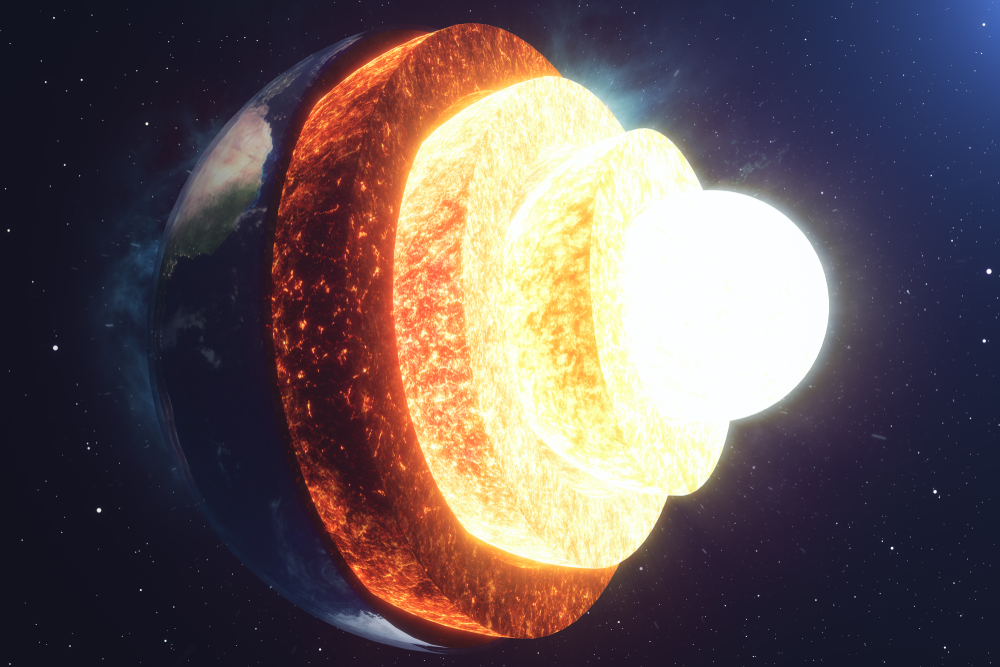Now Reading: Earth’s Inner Core Confirmed Solid Despite Extreme Heat
-
01
Earth’s Inner Core Confirmed Solid Despite Extreme Heat
Earth’s Inner Core Confirmed Solid Despite Extreme Heat

Swift Summary
- Earth’s inner core is solid and extremely hot, comparable to the Sun’s surface (about 6,000°C or 10,800°F).
- Danish seismologist Inge Lehmann proposed its existence in 1936 by analyzing seismic waves.
- The inner core measures roughly 1,500 miles in diameter and is composed mainly of iron and nickel.
- It plays a crucial role in generating Earth’s magnetic field,which protects life from solar radiation.
- Recent breakthroughs using shear wave detection provide evidence that the inner core is solid but layered.
- The composition of the innermost region suggests complexities such as structural differences and slow thermal convection.
- Pressure at extreme depths maintains its solid state despite high temperatures preventing melting.
Indian Opinion Analysis
Understanding Earth’s inner core has implications beyond scientific curiosity-it informs how India approaches key fields like geology, climate science, and renewable energy development. With India’s rapid urbanization and environmental challenges tied to tectonic shifts or magnetic anomalies influencing technology systems (e.g., satellites), advancements in geophysical knowledge could prove vital for earthquake predictions or infrastructure planning. Encouraging collaboration between Indian institutions and international efforts such as seismic imaging technology will not only contribute to global research but also strengthen domestic capacity for disaster resilience-delivering long-term benefits for development balancing sustainability.
























